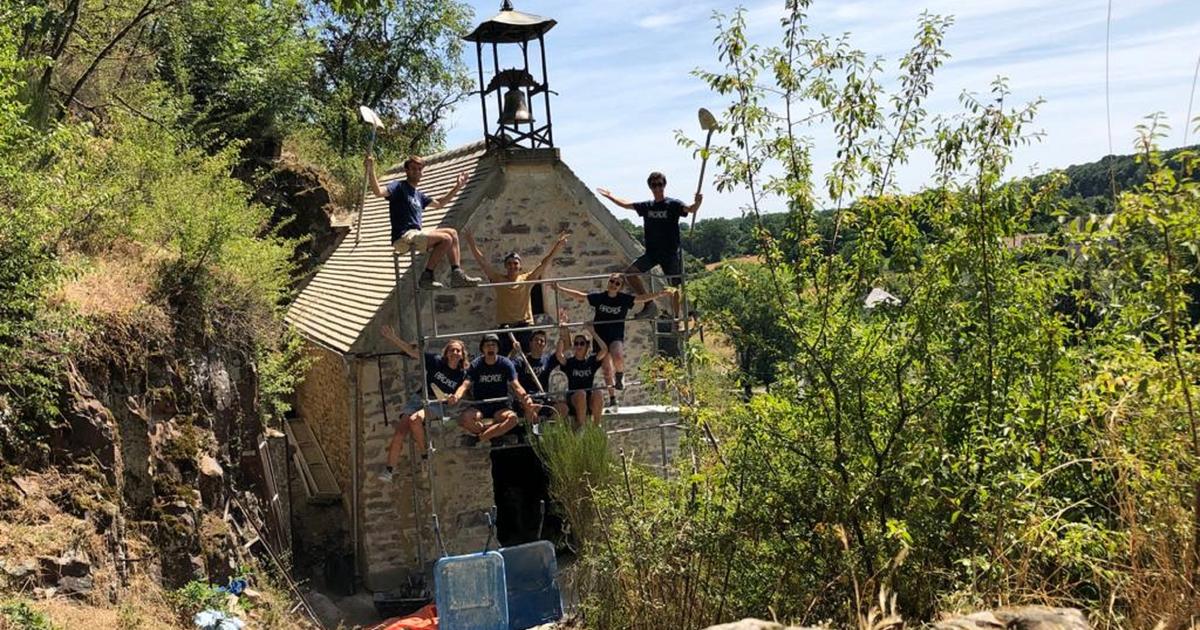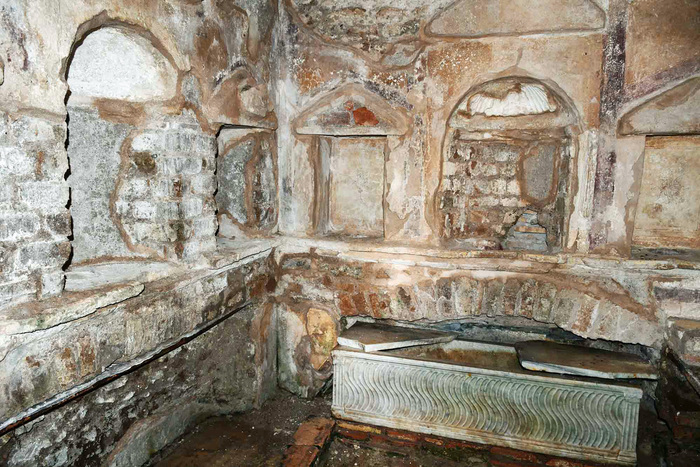In the past seven years, the Bund Naturschutz in the Dachau district has launched a project that is unique in Bavaria: the restoration of the 700 hectare area of the Palsweiser and the Fußbergmoos. However, funding from Munich will dry up at the end of the year. Conservationists fear that their work may have been in vain.
The Erdinger Moos is widely known - but not for its flora and fauna, but because it is home to one of the largest airports in Europe. The Dachauer Moos is also known - from numerous works from the former Dachau artist colony; Nowadays, however, not even the most imaginative people are able to recognize the former green idyll in the area between Munich and Dachau.
The Palsweiser Moos in the Dachau district and directly adjacent to the Fußbergmoos in the Fürstenfeldbruck district forms Roderich Zauscher, Chairman of the Bund Naturschutz in the district, is therefore a unique “jewel” and the last of all so-called low moors that could still be renatured in the Munich gravel plain. With all others, such as the said Erdinger or Dachauer Moosen, “the degeneration is too advanced. They are more or less lost ”.
For this reason, Zauscher and his colleagues from the Bund Naturschutz started a project unique in Bavaria seven years ago: with financial support from the government of Upper Bavaria and supported by the municipality of Bergkirchen, the conservationists have since been trying to preserve or expand the old moor landscape and thus also the to protect the unique flora and fauna of the area. In total, says Zauscher, the measure is also "active climate and flood protection". The flooding in Günding, as happened in June 2013, could have been avoided by keeping the moss intact.
Under the aegis of Zauschers and his federal colleague Heinz Gibowsky, as well as supported by a dedicated project manager, the 700-hectare “patchwork” of individual plots is to be gradually converted into a coherent landscape conservation area. Some areas have been bought in the past few years, some areas are leased, others are given to the federal nature conservation by the owners against appropriate maintenance. Smaller measures, according to Zauscher, have already been successfully implemented in recent years. For "a real moss", however, there were no more plots of land.
The previously dense forest became a very light forest with a lot of dead wood with water areas even in summer due to the flooding with the beaver dam. This is important for frogs, dragonflies and ringed and adder and many aquatic plants.
© BUND
That the Dachauer Bund Naturschutz, with 3000 members one of the largest in Bavaria, was able to raise the start-up capital for the moss renaturation is due to an inheritance from Josef Koller (†) from Karlsruhe, who bequeathed his property to the Bund Naturschutz and thus the first land purchases had made possible moss in the Palsweiser. The district association invested 100,000 euros of its own funds in the long-term project, and an additional 900,000 euros came from Munich. If these grants should dry up at the end of the year, the project would probably have come to an abrupt end. "We have no plan B," admits Zauscher, but sees it as a good sign that all the officials responsible have so far been unanimously impressed by the first successes.
Because they are clearly visible! According to Heinz Gibowsky, numerous endangered animal species can be found there again or could have increased their populations: the predatory shrike - an actually very cute little bird - or the whinchat. Because a so-called flooding with beaver dams also created light and damp forest areas with a lot of dead wood, frogs, dragonflies or grass snakes as well as adder could settle there again. In addition, aquatic plants are suddenly growing in the formerly arid forests.
In order to create the flight paths that are particularly important for rare butterfly species such as the dark or the light meadow button ant bluebill, trees also had to give way. Gibowsky and Zauscher explicitly do not want to see a contradiction to nature conservation in this. In the past, they emphasize, “you could have looked from Bergkirchen to Übelacker. The moss was not a visible barrier "! Only when the moss landscape was drained did the trees grow higher. A real swamp landscape has "no trees". So-called open land areas must therefore be much more in the area.
Meanwhile, they assure the “armers” against their intentions that they “don't want to displace agriculture”. What Zauscher and Co., regardless of the outcome of the project extension, are already proud of: “That there is no longer a hardware store built in there. We have achieved that. "









